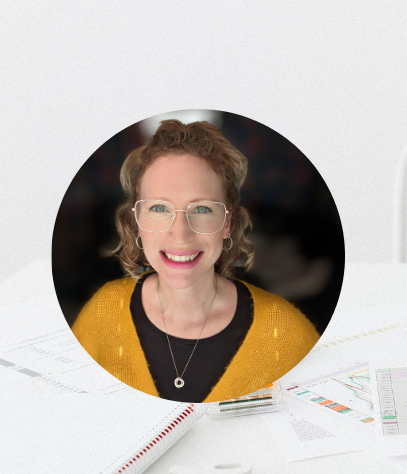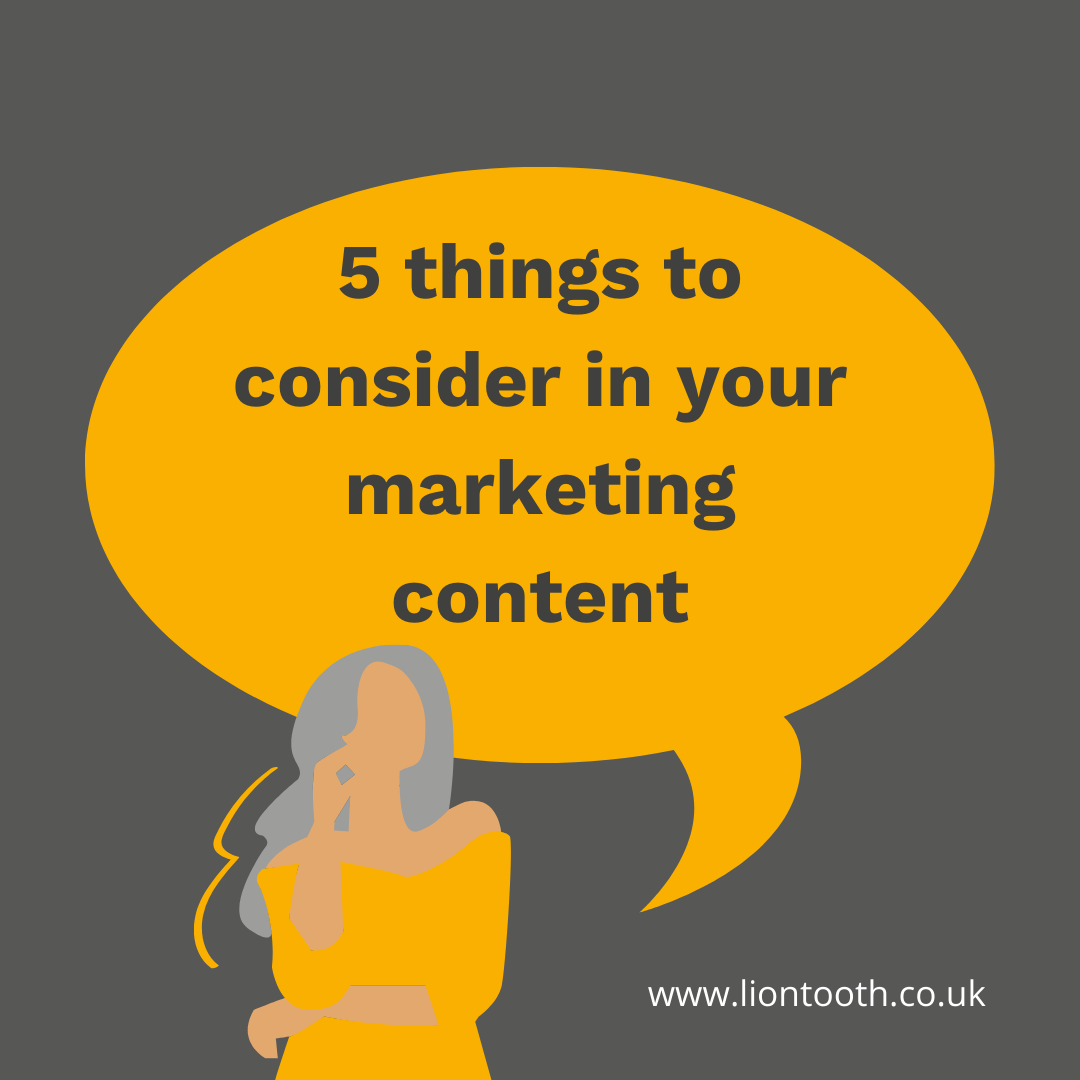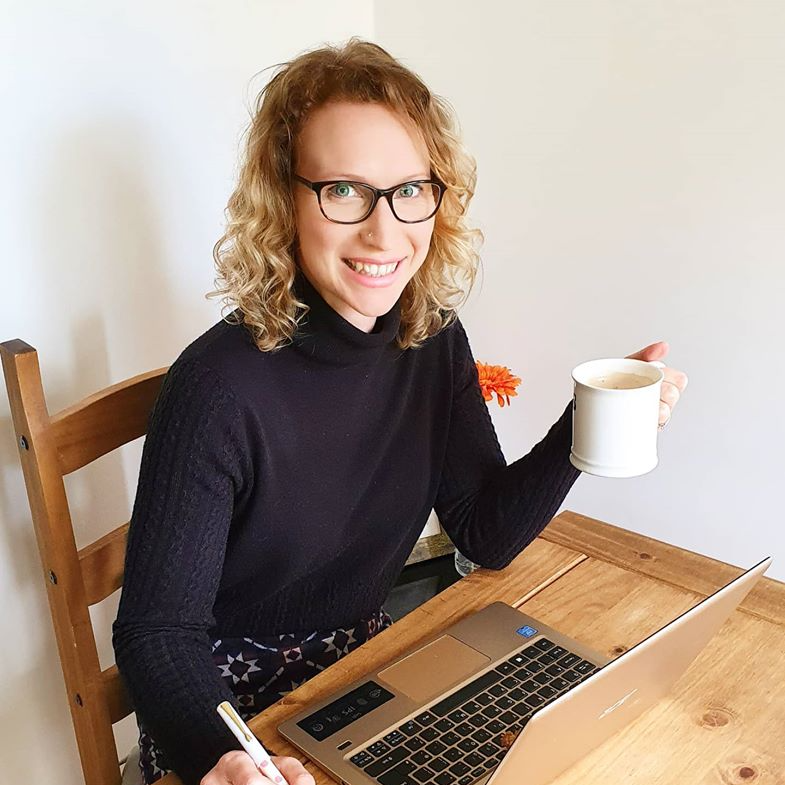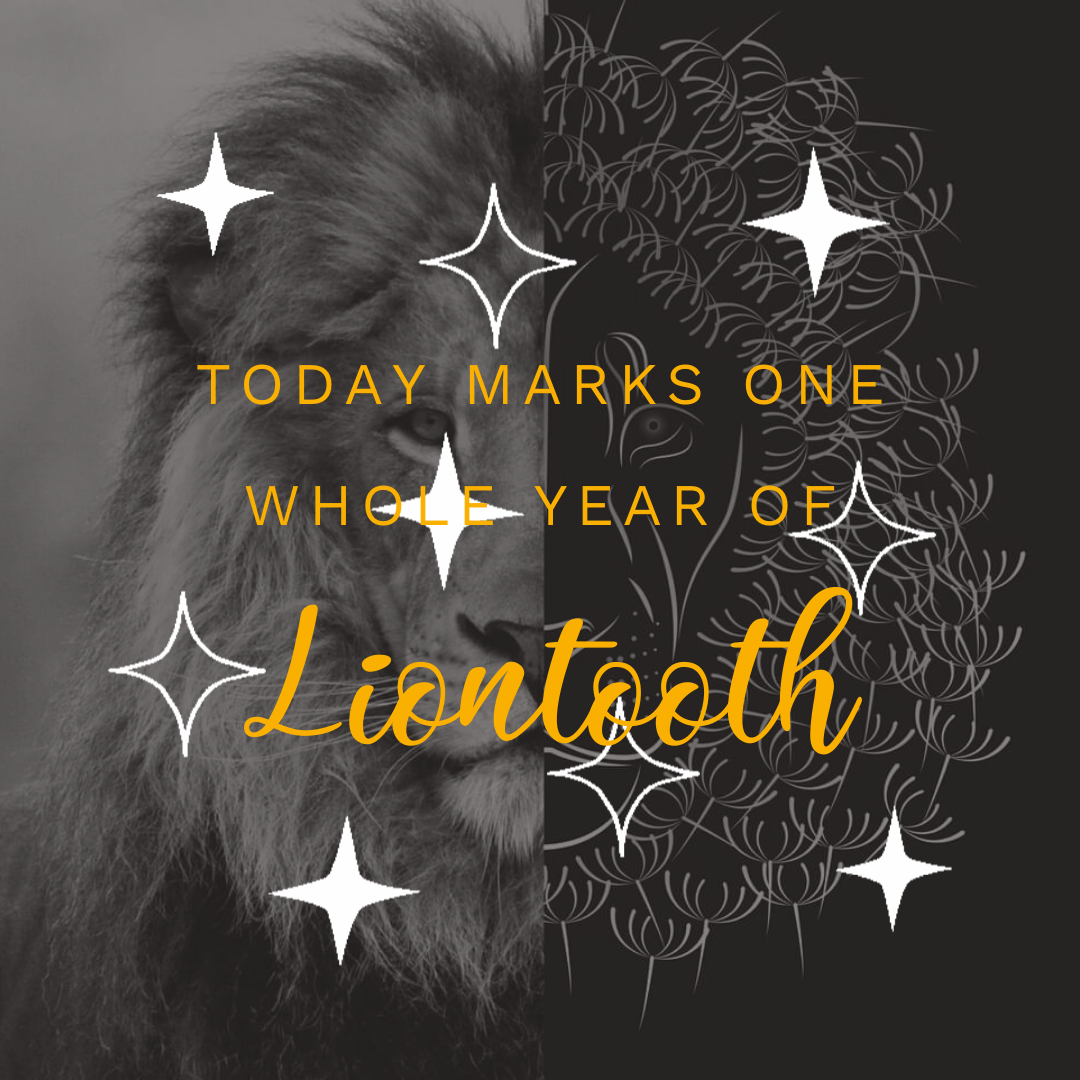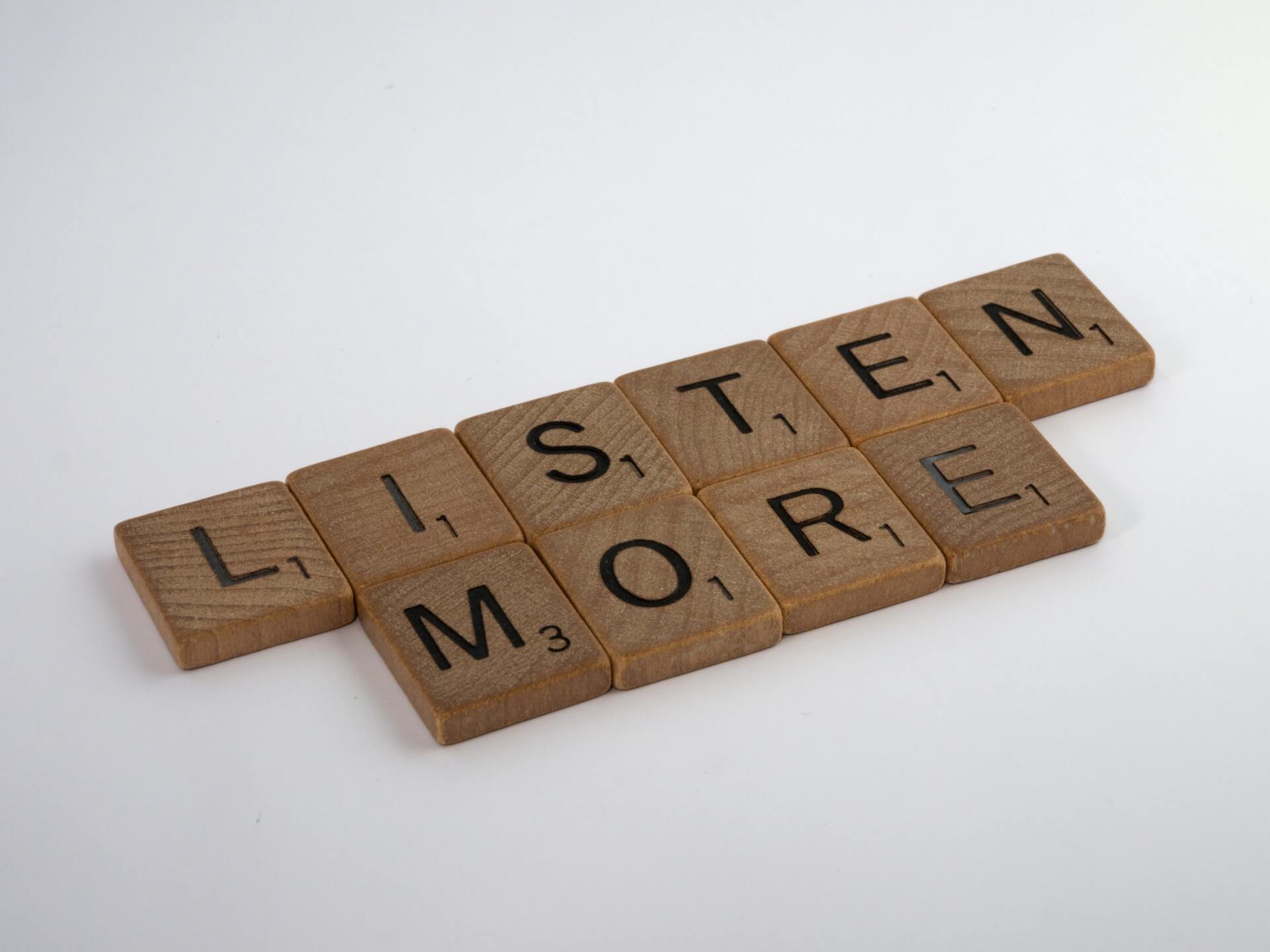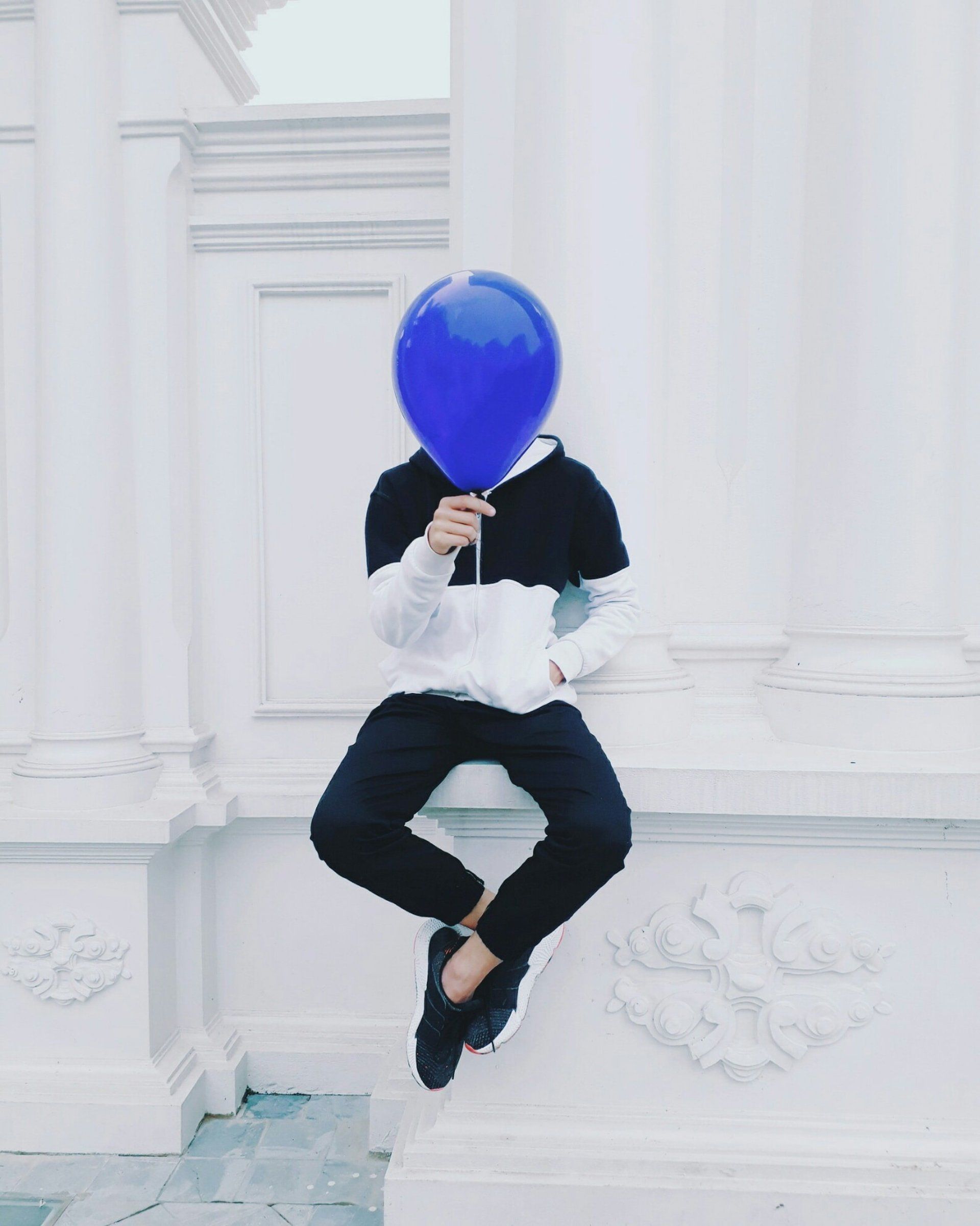Case Study: Developing a Logo for Your Brand
- By Lisa Ellison
- •
- 26 Mar, 2021
- •
Getting started with a logo can be overwhelming but we can help.

We recently
completed this logo (above) for a client in Chamonix. In this blog post, I’ll give
insight to the process behind achieving this final look, as well as what it’s
like to work with Liontooth for logo development.
Our client came to Liontooth in need of a logo as she is setting up a yoga business in Chamonix, France.
The initial brief was this:
- To create a logo for a new yoga instructor.
- The brand name is The Yoga Space.
- ‘Space’ has multiple interpretations: physical space, their own mental space, their practice space.
- Preferred colours are blues and greens.
- This needs to feel like accessible yoga, not just for advanced ‘yogis’.
- The brand needs to appeal to both men and women.
Before we do anything in terms of design, we always ask for examples of existing logos that the client does and does not like, ideally five of each with a detailed explanation of the reasons for liking or disliking each. This really helps to build an idea of their preferences and helps to steer the initial concept stages of the design process. This streamlines our journey from initial discussions to completed logo.

To begin with, we played with the concept of ‘space’ and how this could be represented in the logo. As previously mentioned, this client is based in Chamonix and her environment is very mountainous, so this was an obvious option. Rather than just running with the first idea we had, we explored this further and started to look at relevant shapes that could be used to represent this and we landed upon the idea of the Japanese Zen circle;
“In Zen, ensō ("circular form") is a circle that is hand-drawn in one or two uninhibited brushstrokes to express a moment when the mind is free to let the body create.”
We used this brush stroke to also incorporate a yoga pose, giving a clear and immediate visual indication as to the brand offering, which you can see in the above concepts.
‘Space’ can also be represented by white space, which you can see in some of these concepts, where the silhouette has been created leaving the yoga pose as the clear space.
We played around with having just the circle, just the mountains and then as the process moved on, we experimented with combining the two.

In terms of the brand name, we needed YOGA to be the most prominent word; again, giving clear and immediate indication of the brand’s offering and intention. You can see from the concepts that we tried a range of layouts and positions for the wording, always trying to maintain a sense of balance and the focus on YOGA.
At this point, the focus was on the overall concept of the logo; colours and fonts could be adapted further down the line. By offering these multiple shapes, styles and fonts in the initial concepts, it meant these could be used to help direct the design process and narrow down what our client wanted. So, from here it became a case of pick and mix, and tweaking. Logo A, with the yoga pose from B and the font from C.

Often, as the process goes on, a client will get a clearer idea of what they do and don’t want for their own logo, what they do and don’t like. Through this process, our client requested we try spacing out the word ‘Yoga’. In order to make this work with the layout, some adaptations needed to be made to the font. As a result, the ‘Y’ has been amended so that the ‘leg’ of it sits to the left, rather than straight down (as you can see in the above image). Without this adaptation, it looks like ‘space’ is misaligned. As an experienced graphic designer, it wasn’t necessary to change the font entirely, just to make this minor amend to make sure everything sat correctly and centrally.
The beauty of a logo like this is that the various elements can be split out and used independently for various purposes such as social media visuals, branding physical spaces or merchandise. With this particular logo, there are a lot of options making this a very versatile and user-friendly logo design.
If you would like help with designing a logo, please feel free to contact me. It doesn’t matter if you have all the ideas or no idea, I can help.
And go check out The Yoga Space on Instagram!

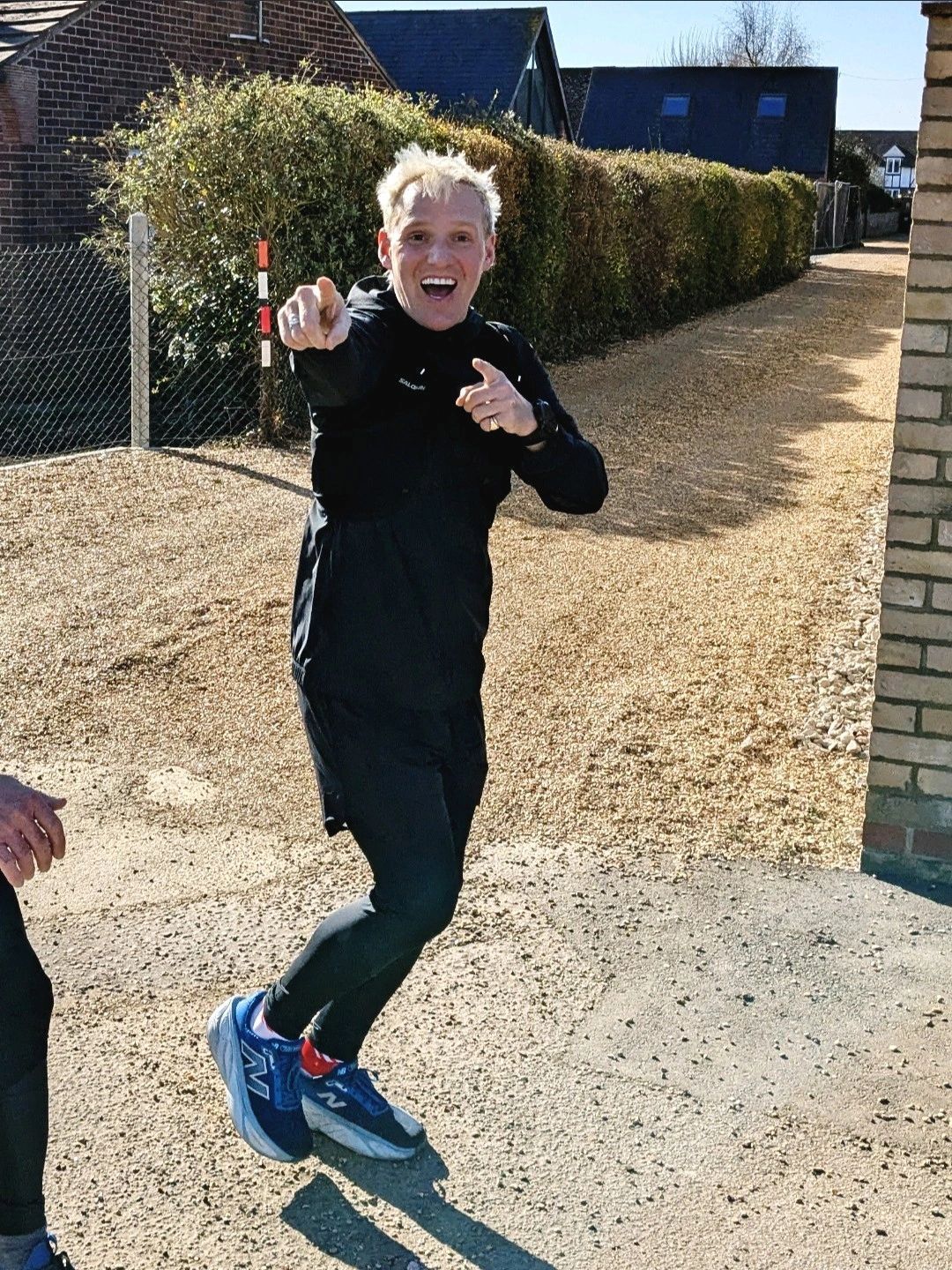
Jamie Laing - before you roll your eyes and scroll on, hear me out. (I know, the photo gave away my cliff hanger!) You may have been one of the 50,000+ people that saw my LinkedIn post last week, very much a throw away passing comment, essentially, to say I drove past Jamie Laing on my way home from the school run whilst he was on his fundraising mission for Children In Need.
I followed the story closely last week, quite hooked on his progress and whether or not he would make it. I'm not a celebrity-obsessed person and I rarely engage with anything celebrities do but last week was different and I'm sure I'm not the only one. I believe that many people didn't know he was even embarking on that challenge until last week - I didn't and I listen to Radio 1 daily! I also believe there's a lot of people that either don't know who Jamie Laing is or do know and don't particularly like him - we can't please everyone!
So, what was it about his fundraising effort that gripped the nation and led to him raising over £2m?! It's all about the story. And *this* is a great example of marketing done well - with an emphasis on storytelling and humanising your brand. His fundraising effort, backed by BBC Radio 1 coverage, provides a perfect case study on the power of storytelling in marketing. His journey emphasised his struggle, determination, vulnerability and honesty and that played a pivotal role in engaging the public emotionally and driving donations. If his personal narrative hadn’t been shared so openly, it’s unlikely that such a significant amount would have been raised.
This is something I've also experienced in fundraising efforts that I've been involved in and it makes all the difference but it takes strength to be vulnerable, and I'll always admire those who found the strength to tell their story (you know who you are 💛).
Here's what we can learn about the value of storytelling in marketing:
Emotional connection drives action : Jamie's story wasn't just about asking for donations; it was about sharing his personal experience and struggles throughout last week. People are more likely to connect with a cause when they can empathise with the storyteller. In marketing, emotional engagement creates a bond between the audience and the brand, making them more likely to engage.
Vulnerability builds trust : By being honest and vulnerable about his efforts and the challenges he faced, Jamie Laing built trust with the Radio 1 listeners. Vulnerability *humanises* a brand. In marketing, being transparent and acknowledging (and addressing!) flaws can enhance credibility and build a stronger, more authentic relationship with consumers.
Narrative creates value : Jamie Laing didn’t just promote an event, he shared a compelling and authentic story about his commitment. In marketing, your story can be the difference between blending in and standing out. Crafting a narrative around your brand or product creates meaning, making it more likely to stick in the minds of consumers.
Great - now how can you implement this in your marketing?
If you have ever worked with me, you'll have heard me going on about the importance of authenticity. This applies to everything from branding to customer service. If a brand is transparent about its processes, challenges and goals, customers are more likely to engage and support it.
Emotion drives engagement - whether it’s a product, service or cause, storytelling can create an emotional connection that compels action.
Consistent storytelling over time, where customers can see growth and commitment, helps keep them invested.
So basically, Jamie Laing’s Children In Need campaign demonstrated that storytelling - driven by vulnerability, determination and honesty, was the key to the level of success in his fundraising last week.
For marketers, it highlights that connecting with people on an emotional level, telling authentic stories and leveraging the right platforms can make all the difference in achieving success.
It can feel difficult to build emotion into corporate marketing but there's ALWAYS room to be human.
Does your brand feel a bit fuzzy? Let’s fix that.
The Define & Align Workshopis designed to bring clarity, structure and purpose to your brand- fast.
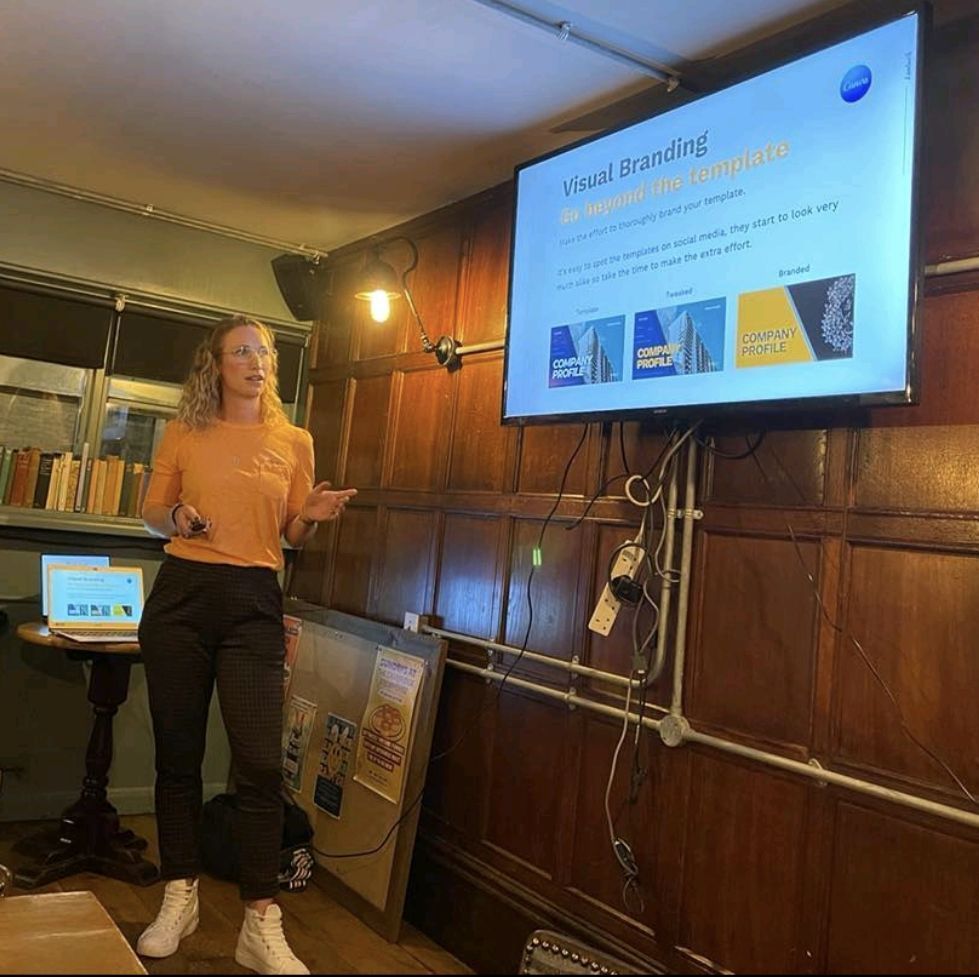
Sometimes I'll get a message to my inbox referencing my marketing agency
👀 God no! I'm
not an agency! No
. Sorry, no.
I'm a 1.5-person band. (The other half is my husband who's a silent partner, providing the incredible design skills). I don't want to be thought of as a marketing agency. For me it has connotations of frustration, waiting, chasing, and to be fair, more often than not incredible results but still.
I'm a no-nonsense , to the point communicator .
I like to be efficient and get stuff done and that includes getting results for my clients . I like the fact I'm basically flying solo with this, it's easy. It's straightforward. It's DONE.
Let me give you context and insight...
I have experience with agencies from BOTH sides - I've been the client AND the service provider. Honestly, I had challenges with both. See if anything sounds familiar:
From a client perspective , my biggest frustrations were always...
- The huge bill. Sorry guys, I always found it eye watering even though I wasn't paying!
- Not being able to get hold of my point of contact and waiting whilst others frantically ran around trying to get answers for me.
- I felt bad for (and frustrated about) the person playing piggy in the middle. I couldn't speak to Studio to get answers or explanations about design issues/challenges/restrictions. Information was often lost in transit.
As the service provider , (for me) these were my biggest frustrations...
- There too many systems and processes that got in the way of me just getting on and providing the level of service I wanted to.
- Too many other cogs in the wheel slowing down the process.
- Too many hoops to jump through and restrictions.
